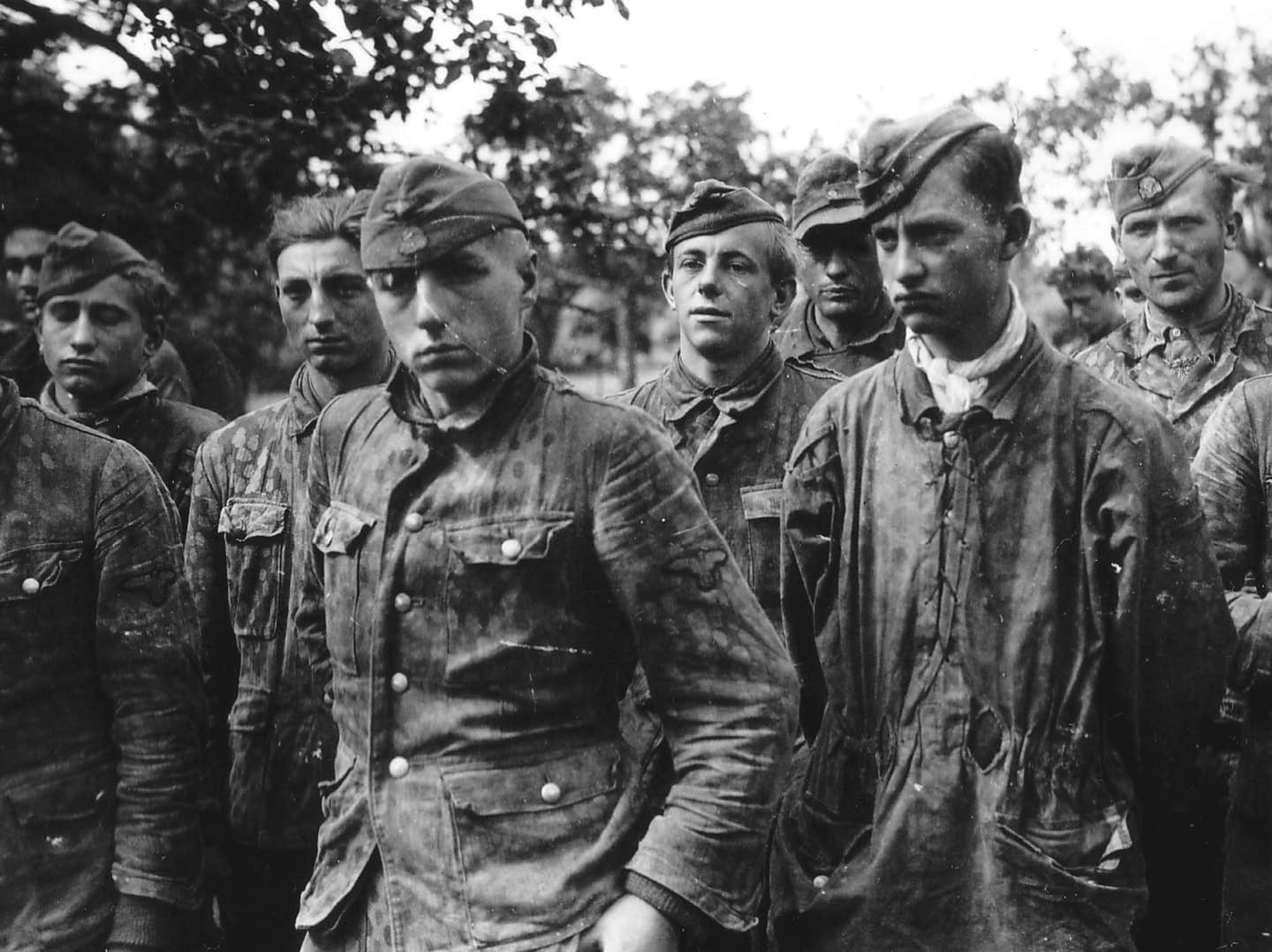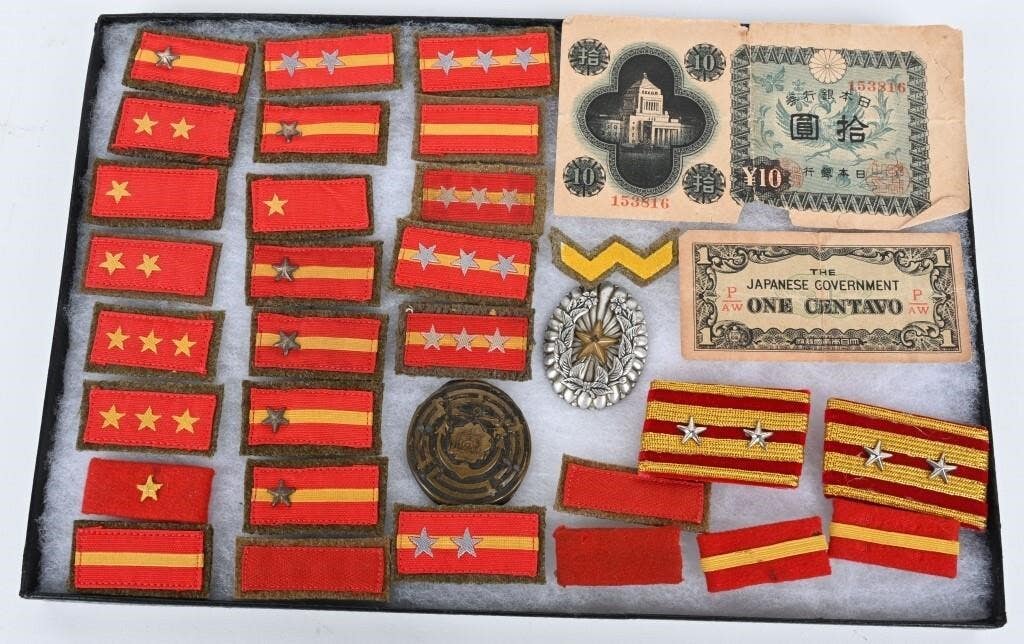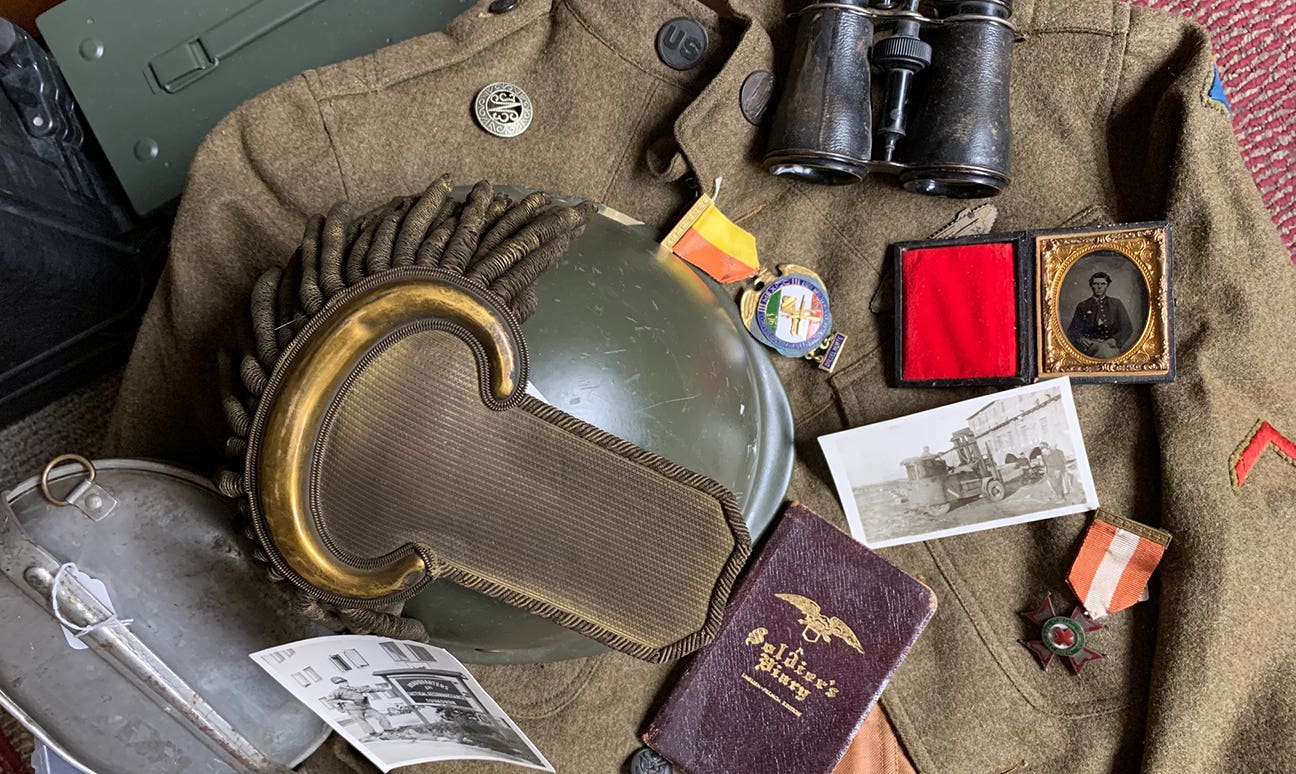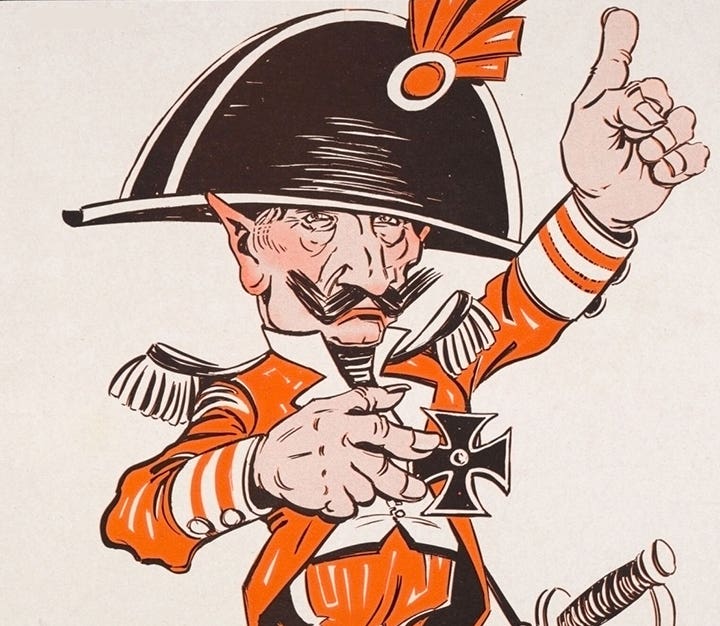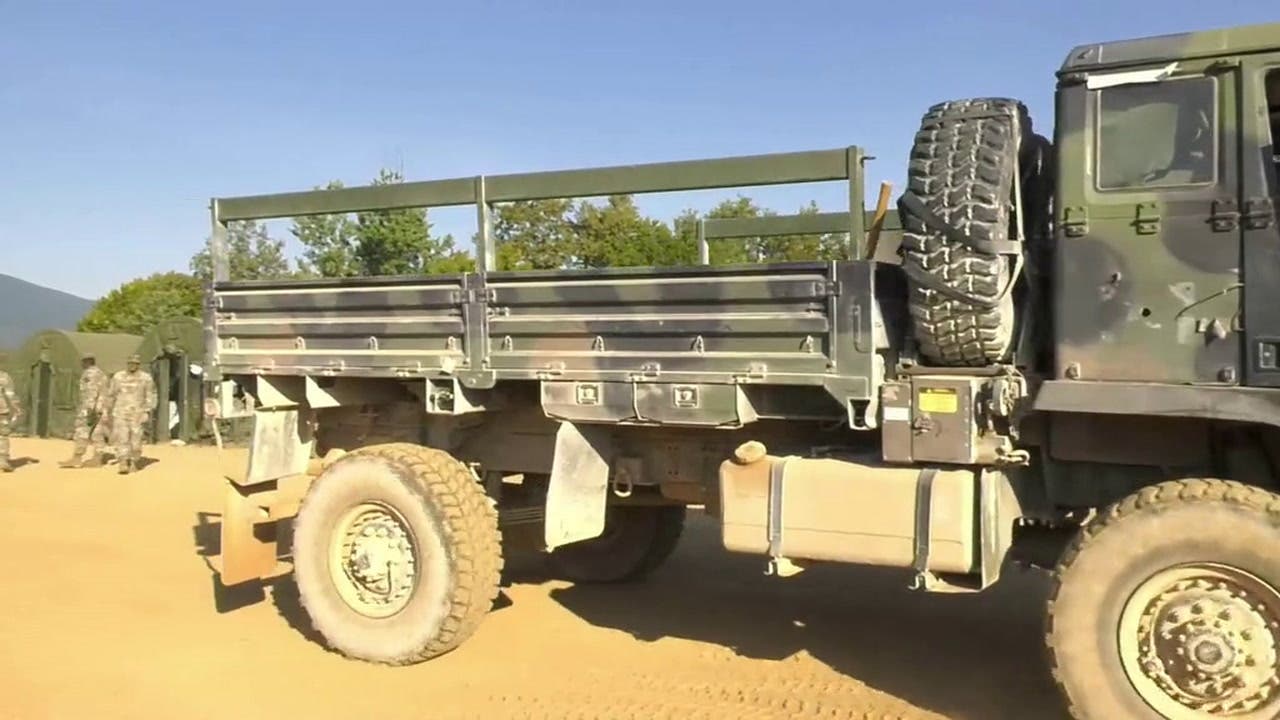Life Lessons from Dad
Just before this past Christmas, Dad, Mom and I were sitting at a table waiting for the nursing home staff to deliver our “holiday meal.” As we looked over everyone…
Just before this past Christmas, Dad, Mom and I were sitting at a table waiting for the nursing home staff to deliver our “holiday meal.” As we looked over everyone gathered for the quiet celebration, Dad asked, “Did I ever tell you how to catch a fish with a can of peas and a baseball bat?” I am sure my eyes rolled as I replied, “No, Dad. How DO you catch a fish with a can of peas and a baseball bat?” “Well, you line the peas up along the shore, and when a fish comes up to take a pea, you hit him on the head with the bat!” He finished the joke looking me straight in my rolling eyes—we both knew that this was his favorite joke, and he had been telling it to me since I was a kid.
Getting no laugh from me, he snorted, “You remind me of Louie Bloom.” I had to bite. “Who’s Louie Bloom?”
“You remember him,” Dad poked. “He used to come into the store. He always said (in a deep German accent), ‘I don’t know vhat’s wrong mit my Sohn. I teach him all I know, and he still don’t know a damn thing!”
I Was Listening
I suppose every parent has moments when they think their kids never learned a thing that was taught to them. Truth of the matter is, Dad taught me a lot… he planted in me a deep respect for those who have served their nation. He gave me an insatiable curiosity for history, taught me how to safely and accurately handle firearms, and showed me the delight of blowing up things, to name a few. He also instilled in me intolerance for people kicking the underdog, and a business sense that is built on respect of the customer. Long before Kevin Cosner heard, “Build it and they will come,” Dad was teaching each of his kids, “Know and respect your customers, and you will be successful.”
But more than any of those “life lessons,” I absorbed Dad’s “war stories.” Since the time I was old enough to say, “Can I see your medals?”, I have been pumping Dad for details about his time in WWII. In the past few years, I made a point to write down the stories as he retold many of them. Of course, many of my questions revolved around the weapons, uniforms and equipment—the sorts of things in which I have always been interested. I will repeat some of his stories for you
Milton Graf’s Military Service, 1942-1945
The platform of all his stories went something like this: “I went to school to become a professional photographer. When the Jap[anese] bombed Pearl Harbor, I tried to enlist. They rejected me because of flat feet. I tried two more times before they drafted me in 1942.”
Dad entered service, as did most Minnesotans, at Fort Snelling in St. Paul, Minnesota. Less than a month later, he shipped out to Camp Carson, Colorado, for basic training, After going through Basic, he was made a military policeman and assigned to the Detached Corps MPs, Corps Area Service Command. In October 1942, the Army transferred Graf to the brand new Camp Hale, Colorado, home of the U.S. Ski Cantonment and the newly formed 10th Mountain “Light” Division. Camp Hale was just being built in the foothills of the Rockies near present day Vale, Colorado. Most of Dad’s stories come from his time at Camp Hale.
Tales of Camp Hale
What follows are a mix of remembrances Dad shared with me. By printing them here, it is my hope that you, and other researches, will gain a bit more understanding of what it was like being a Military Policeman in a camp full of soldiers who were regarded (by themselves as well as the Army) as “elite troops.”
Conversation with Milton Graf, August 9, 2003:
Some interesting tidbits came up in conversation with Dad yesterday:
* "Sgt. Fulp was the Mess Sergeant for the MP Company at Camp Hale. He made an arrangement to feed the civilian workers who were constructing Camp Hale. With the money he made from it, he bought extra food for the company. Rollmop herring was one of the favorites that he bought for us in gallon jars. The civilians also made a left-handed screw for his meat grinder–to hold the head on. Eventually, he and the civilians had some sort of fight and he threw them out. He gave them the screw as well. He wanted nothing more to do with them."
* “Supply Sergeant Schroeder at Camp Hale had a terrible stutter. One Saturday, we decided to get a head start on the new Thompsons. We took one apart to learn how to field strip it. But, we couldn't get it back together. So, we took a second one apart. Same problem. Eventually, they had all eight of the brand-new Thompsons stripped apart and on papers lining the MP barracks. We eventually figured out how to compress the sear to reconstruct the guns, but it was late that night.”
* The civilian contractors were really wasteful with the lumber. We took scraps from their garbage heap and put in boardwalks around the MP barracks.
* Dad said the only (military police-related) problems they had at Camp Hale were with speeders and soldiers trying to smuggle booze into camp. One day, they confiscated 20-30 bottles and Captain Wells gave it to the mule troops to mix into their liniment for the mules.
* “The MPs at Hale pioneered a motor for warming a cold jeep motor. It was primed liked a lantern and attached on the drain hole of the oil pan.”
* The MPs had to check on the civilian-owned homes on the former reservation in the mountains around. They would wear "small" [he indicated about 28". Probably bear paw] snow shoes. Never wore the long shoes. Never had skis. They didn't like wearing the snowshoes because they had to kick their feet out as they ran or walked. One MP took his shoes off and the rest of the detachment spent the rest of the afternoon digging him out. He sank up to his head.
* The MPs had sole responsibility for guarding the POWs. Six POWs tunneled under the fence at Hale. The MPs had to place a Jeep at the top of Leadville pass to relay messages from the patrols to HQ at the Camp. The MPs had to guard all of the tunnels and passes until they were all recaptured. The escapees were headed for Mexico. All were captured, though two of them got a state away by hopping trains. The escapees had civilian clothes. The MPs did not work with the civilian police to capture the escapees.
* Prisoners were initially allowed to wear their uniforms (two showed up for Easter Mass with full uniforms and medals). “They ate the same food as we did. They were able to keep their decorations and medals. Some of the guards had taken some medals away from some of the prisoners and this caused a big shake up. Orders were given that all of the medals taken would have to be restored.” Later, not allowed to wear their German uniforms, “PW” was painted on the back and front of POW uniforms.
* After POWs were assigned to Camp Hale, a guard had accidentally discharged his shotgun. Had blasted a 2-3” hole in the 4x4 supporting a lookout tower. They showed that hole to all the new POWs when they first came in so they would be familiar with the strength of double-O buckshot.
* The MPs at Camp Hale carried Ithaca Pump Shotguns and .45 cal service revolvers on the left hip with a cross-draw holster. When shown a picture of a Model 37 “Trench” shotgun with a ventilated barrel, he said, “No, nothing like that.” When I showed him a picture of a civilian Ithaca, he said, “That’s it!” He said that they carried 00 buckshot rounds in the shotguns, but not in brass casings. He said all of the buck they carried was in paper casings.
* Dad could purchase Gem-brand razor blades at the PX at Camp Hale. They were not available to civilians. Grandpa Graf used one Gem blade per shave. So, dad had all of his buddies pick up Gem blades when they went to the PX (a person could only buy so many). Dad sent grandpa a matchbox full of Gem blades.
* “Sgt. Henry Bowers. Camp Hale. Designed a shoulder patch for the 10th Light Mountain Division, "Panda on Skis." It was a contest in the camp to design a patch for the division. He won $5 for the design. He was a really talented cartoonist. I think he did cartoons for the Camp paper as well.”
* Dad said he was the “Only 1st Sergeant detailed to fire the morning salute in the Army.” This was due to the fact that his MP Company at Camp Hale had the duty of firing salute. The man to whom Dad had detailed the duty had fired it late. The camp commander put Captain Wells and Dad on “Company Punishment” because reveille was fired late. They had to perform the task themselves for one week, taking turns pulling the lanyard from day to day. They had to get up before everyone else to obtain the blank round and fire the salute. They used a WWI 75mm gun for the salutes.
* Pappy Dammyanovich [Dad’s pronunciation] had a restaurant in Leadville. The MPs made it their unofficial HQ when in town. Whenever they had a patrol in town, they had to have an officer with. Dad and the patrol dealt with NCOs and enlisted men, whereas the officer dealt with any officers. Generally, the officer stayed at the restaurant while the detail “jeeped the beat” [his term]. The MPs were more interested in speeding and out-of-uniform violations than making arrests. They rarely charged anyone. Just put them in jail for their own good until the morning. Used the town jail in Leadville. Captain of the MP company was Captain Thornley F. Wells. “He treated all of us very well. He was a great organizer.”
* “MPs had steel pots, but rarely ever wore them. When a helmet was called for, we mostly wore the liners. Painted with just ‘MP’ on the front [indicated not remembering any white stripe]."
* Milton fired only one round with a bazooka and missed. The target was a “WWI tank.” This might have been when he was stationed in Texas and not at Camp Hale.
* He always wanted to learn to fire the 60mm mortar but never had the occasion to learn.
* Always carried a M1903 Rifle while at Camp Hale. The MP Company received Thompson SMGs and .45 automatic pistols only when POWs were first shipped to Camp Hale. Prior to that, it was 03 rifles and .45 service revolvers.
* The MPs' radio frequency would cross with the walkie talkies carried by soldiers on maneuvers in the mountains. Often had to function as a relay between groups out on maneuvers.
* When “on the beat” in Leadville, MPs wore a garrison cap, Class A jacket, armband, regular khaki leggings and pistol belt (no white leggings, belt or gloves). Stated that the only time he saw white leggings or accoutrements was on burial parties (not counting the regular ski troops). When on duty, wore their revolvers on a cross draw holster (indicating that the holster hung on the left hip. Billy club hung on the right). NOTE: I suspect he has this reversed. He refers to the holster as the “old cavalry holster which would have been the M-1909 that hung reversed on the right hip.
When they went on patrol, they carried a revolver (with no ammo) and a billy club. Didn’t not have any pouch for ammunition on belt either. Always wore Class As when on duty. Brassard worn above chevrons. Could wear “dungarees” or fatigues when not on duty.
* Wore mittens with a slit across the palm. Emphatically stated that they were not leather.
* When the MP company was transferred from Camp Carson to Camp Hale, they were not issued any wool winter uniform pieces. They had to wear summer tans for the first several months.
* Carried a Cattaraugus 225Q knife that he purchased “in town” [Leadville] at the Hardware Store. They were rejected by the Army so they were being sold as seconds. “Lots of the guys bought them. Had to sand the grips.” The scabbards tended to tear at the entry point, so he took a .50 caliber casing, cut off the base with a hack saw, and then split the casing. He formed a throat for the scabbard (which is still on it). He carried the knife on his “web belt” when he went on private hikes. Said it would fit on a pistol belt, but he carried it on his web pants belt. Thought he paid 25 cents for the knife.
* Dad had to take the morning report to Base HQ every morning. Base HQ was up on a hill and the parking was on the edge of a drop-off. He swung in with his Jeep and applied the brakes—no brakes! He quickly double-clutched and downshifted, but hit a post. It stopped him from going over the edge.
* Often referred to Jeeps as “cars”. 6x6s were simply referred to as “trucks.” No one said “cavalry” but instead, “calvary.” Dad knew the difference but realized that to be “army,” had had to say “calvary”.
* WAACs came to the base in 1943. They were for the Headquarters “on the hill.” The MPs were responsible for guarding the WAAC barracks. “One girl at HQ… all she wanted was to ‘get married, get pregnant, and get out!’” She said that herself. She had her eye on dad. Every morning when he delivered the morning report, she would run her fingers through his hair and ask how he was doing. Dad did not remember her name.
* Referred to themselves as the “3-Fers” [‘three effers”]. “Not good enough for the service but good enough to serve at Camp Hale.”
By 1944, Dad had raised through the ranks to wear the stripes of a first sergeant of the Camp’s MP Company. He continued to serve at this rank after being transferred to posts that included Camp Lewis, WA, Camp Howzy and Camp Maxy, Texas, and finally, San Luis Obispo, CA, where he was assigned to the HQ Company, 2nd Battalion, 415th Infantry Regiment of the famous 104th “Timberwolves” Division. When Graf finally received his discharge on March 15, 1946, he had accumulated decorations that include the Victory American Theater, and Good Conduct Medals and was qualified as Expert with the Rifle, M-1 O3.
After his discharge, he proceeded to California to join in marriage with his steady wartime girlfriend, Helen Robertson. Returning to Minnesota, the couple raised a family of five children in Caledonia, the town where Dad was born.
This, I Know
On the morning of January 8, 2015, Dad slipped away peacefully. He was 93. All of his children, grandchildren, and great-grandchilden are very proud of Milton’s service to the country. He was a part of a rare generation who answered the call unselfishly and with total commitment.
“You remind me of Louie Bloom: I teach you everything I know and you still don’t know a damn thing!”
Aw Dad, I can’t begin to thank you for all you taught me.
Damn it, Dad. I miss you already.
John Milton Graf, 1st Sergeant, U.S. Army
1921-2015
John Adams-Graf ("JAG" to most) is the editor of Military Trader and Military Vehicles Magazine. He has been a military collector for his entire life. The son of a WWII veteran, his writings carry many lessons from the Greatest Generation. JAG has authored several books, including multiple editions of Warman's WWII Collectibles, Civil War Collectibles, and the Standard Catalog of Civil War Firearms. He is a passionate shooter, wood-splitter, kayaker, and WWI AEF Tank Corps collector.



